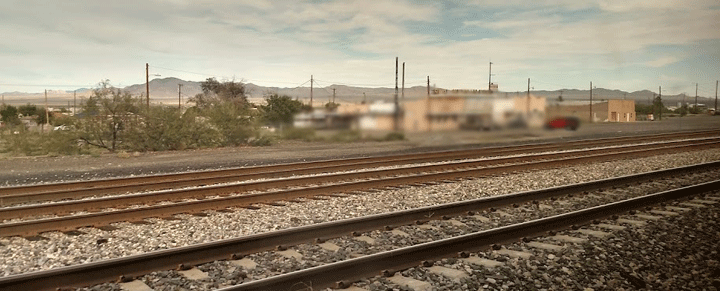All the DNA testing companies are still refining and improving their bio-ancestry estimates (which they call ethnicity). They are getting closer to agreeing with each other now, but that aspect of DNA testing is not yet a firm science. A number of companies have recently updated their estimates. Ancestry did a major update in October 2024 (click here for that white paper) and MyHeritage just did an update as well. The main effect on my family’s results is a far more accurate prediction of our Norwegian percentage. In the past, all the companies, except Ancestry, called our Norwegian Scandinavian and English. MyHeritage even gets the locations in Norway correct, since we have ancestors from 3 different areas. This is due to my grandad, born in Kristiansand, marrying the daughter of Norwegian immigrants (from Vestland and Hordaland) who met in Brooklyn.
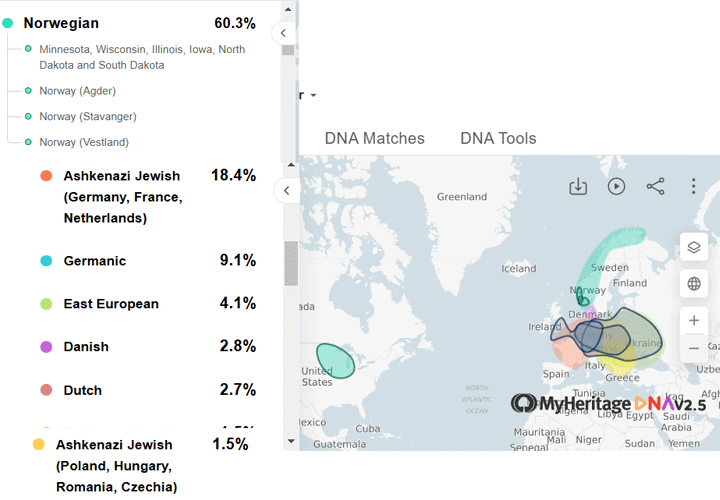
Above are my brother’s current estimates with the new MyHeritage update. Since we have one German Jewish grandfather, I love to see how much each company assigns to Ashkenazi (northern European Jewish) for me and my brother. They all agree that I got about 8% more from our grandad than he did, but the exact amounts are different. Plus MyHeritage now breaks the Ashkenazi into Western and Eastern Europe. My brother got those refinements (added in to Jewish below) but I did not.
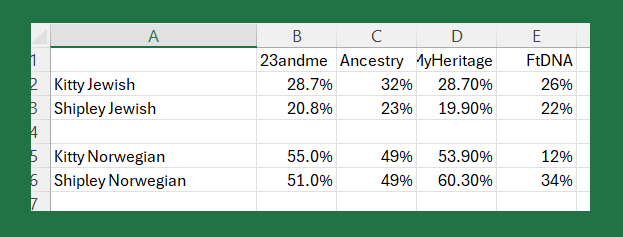
Our various bio-ancestries, note Family Tree DNA is actually called Scandinavian not Norwegian. Also the extra jewish regions for MyHeritage have been added back in.
In the past MyHeritage showed only 44% Scandinavian and 27% English/Irish/Scottish which did not fit with the fact that my Dad is Norwegian going back to the 1500s. Now they show me with 53% Norwegian and no British. Ancestry has long since gotten rid of the erroneous British etc. prediction (it’s now 1%) while Family Tree DNA still has that. Yes my ancestors visited the British Isles and undoubtedly left some genetic material … While he was still alive my Dad did a 23andme test and they predict 97.3 Scandinavian for him with the rest Finnish. Unlike MyHeritage and Ancestry, 23andme does not break down Scandinavian by country.
I have a previous blog post (click here) about our ethnicity percentages where I remind my readers that “Although you inherit half of your DNA from each parent, they do not have to pass you an equal amount from each of their parents.” As you can see above, my brother and I got different amounts from our Jewish grandfather.
As the experienced tester knows, it’s the relative matching where the companies excel, although the exact relationships of more distant relatives cannot be accurately predicted. Even close family relationships, like uncle versus half brother versus grandad, are not always clear. (Click here for my post on that). Looking at that person’s relationships to other family members plus age and location can often get you to an answer.
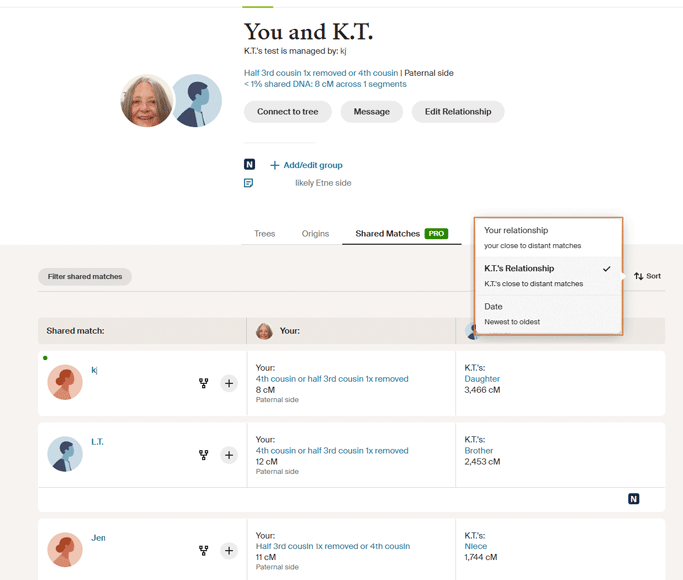

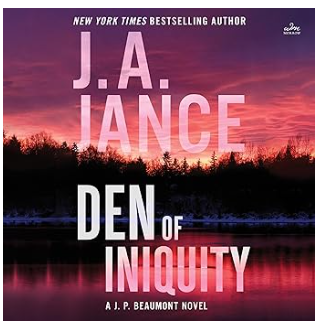
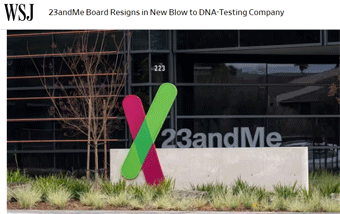 23andme has been in the news this week because its entire board, except its founder, Anne Wojcicki, resigned over her plan to take it private again.
23andme has been in the news this week because its entire board, except its founder, Anne Wojcicki, resigned over her plan to take it private again.